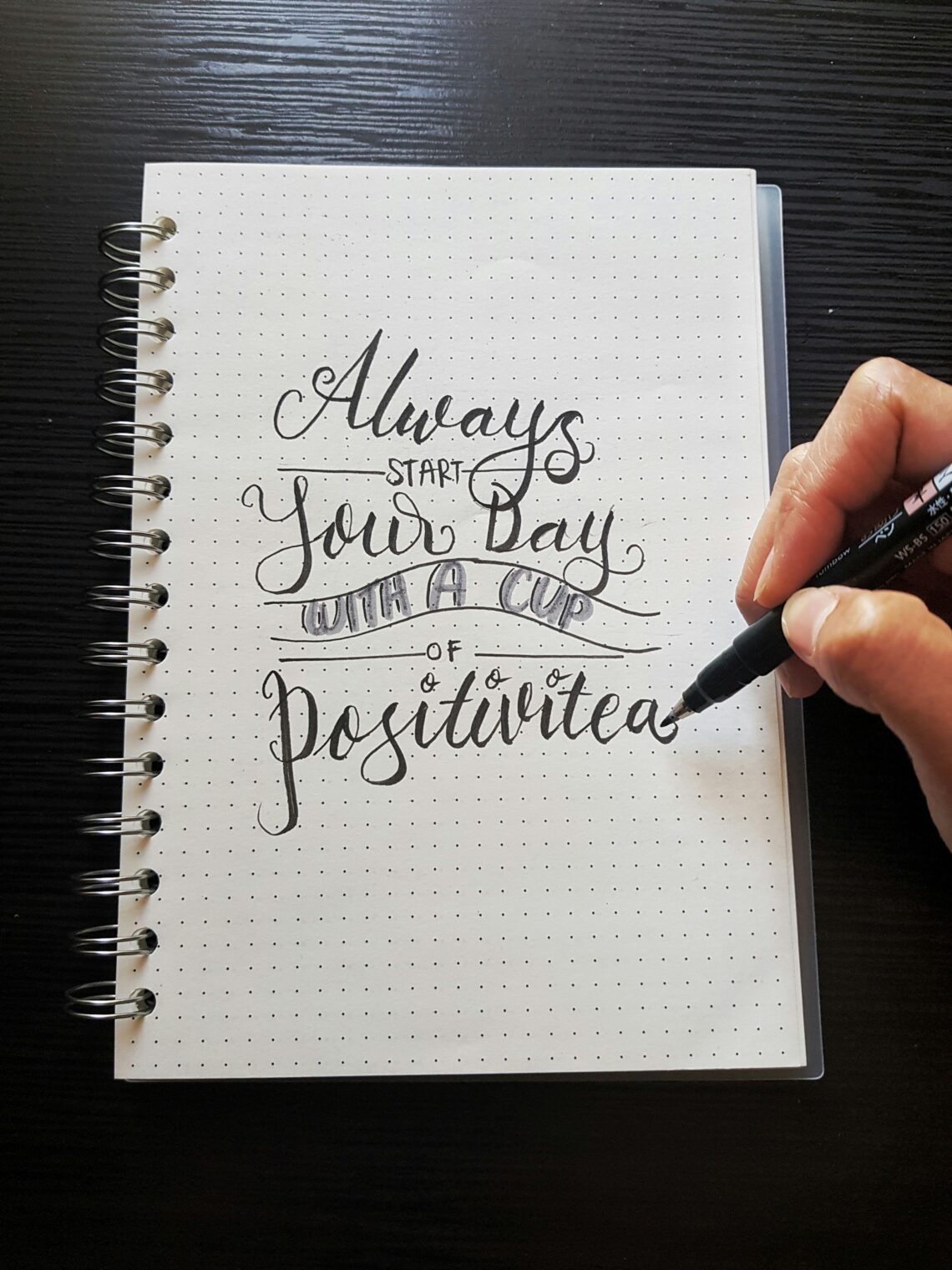Finding Balance in a Chaotic World
Have you ever found yourself running on a treadmill of endless tasks, obligations, and distractions? I know I have. Life can feel like a whirlwind, and in the midst of it all, we often forget to pause and breathe. This is where mindfulness, a concept that has been gaining traction in recent years, steps in like a superhero in yoga pants. It promises not just a moment’s peace but a pathway to a balanced life and enhanced wellbeing.
Understanding Mindfulness
So, what exactly is mindfulness? At its core, mindfulness is the practice of being present and fully engaged in the moment, without judgment. It’s about observing your thoughts, feelings, and sensations as they arise, rather than getting swept away by them. Think of it as tuning into the radio of your mind and finding the right frequency—one where you can hear the beautiful symphony of your life instead of the static noise of stress and anxiety.
The Origins of Mindfulness
Mindfulness isn’t just a buzzword thrown around by self-help gurus. Its roots trace back thousands of years, particularly within Buddhist traditions. The Buddha himself emphasized the importance of being present and observing one’s thoughts and feelings without attachment. Over the past few decades, this ancient practice has been adopted in various contexts, from psychology to corporate settings, transforming lives in the process.
The Science Behind Mindfulness
Now, let’s dive into the nitty-gritty—what does science say about mindfulness? Numerous studies suggest that practicing mindfulness can lead to a plethora of benefits. For instance, research published in the journal Psychological Science indicates that mindfulness can reduce stress, enhance focus, and improve emotional regulation.
Some noteworthy findings include:
- Stress Reduction: Mindfulness meditation has been linked to lower levels of the stress hormone cortisol.
- Enhanced Focus: A study from the University of California, Santa Barbara found that mindfulness training improved participants’ attention spans.
- Better Emotional Health: Mindfulness practices can lead to a decrease in symptoms of anxiety and depression.
Personal Reflections on Mindfulness
Reflecting on my own journey, I remember the first time I tried mindfulness meditation. I was skeptical, sitting cross-legged on my living room floor, surrounded by the chaos that is my two cats and a pile of laundry that could rival Mount Everest. Yet, something clicked. As I focused on my breath, my mind began to quiet. For those few moments, I felt a sense of calm wash over me. (Who knew that simply breathing could be so powerful?)
Incorporating Mindfulness into Daily Life
Mindfulness doesn’t have to be confined to a meditation cushion. It can be woven into the fabric of our everyday lives. Here are some practical tips to help you embrace mindfulness:
1. Mindful Breathing
Start with your breath. Take a few minutes each day to focus solely on your breathing. Inhale deeply through your nose, hold for a moment, and exhale slowly through your mouth. This practice can ground you and help you reconnect with the present moment.
2. Mindful Eating
Remember those meals that whiz by in a blur? Try eating mindfully instead. Sit down at the table, savor each bite, and pay attention to the flavors and textures. You might find that your favorite foods taste even better when you truly focus on them. (Plus, it’s an excellent excuse to indulge in that chocolate cake.)
3. Mindful Walking
Next time you go for a walk—whether in the park or just around the block—take a moment to notice your surroundings. Feel the ground beneath your feet, listen to the sounds around you, and observe the beauty of nature. It’s a simple yet effective way to bring mindfulness into your daily routine.
Overcoming Challenges in Mindfulness Practice
As with any new skill, practicing mindfulness can come with its own set of challenges. I remember trying to meditate for the first time and feeling frustrated when my mind wandered. It’s a common experience, and it’s essential to be gentle with yourself. Here are a few challenges you might face and how to overcome them:
1. Wandering Thoughts
Your mind is like a puppy—eager to explore and easily distracted. When thoughts wander, acknowledge them without judgment and gently bring your focus back to your breath or the task at hand. It’s all part of the process.
2. Time Constraints
In our busy lives, finding time for mindfulness can be tough. Start small; even a few minutes can make a difference. Gradually increase the duration as you become more comfortable with the practice.
3. Skepticism
Maybe you’re rolling your eyes, thinking, “This sounds nice, but does it really work?” Give it a fair shot—commit to a few weeks of practice. You might be surprised by the changes you notice in your mood and overall outlook.
The Broader Benefits of Mindfulness
The beauty of mindfulness stretches beyond individual practice; it can enhance our relationships, work environments, and overall community wellbeing. When we cultivate mindfulness within ourselves, we often find ourselves responding to others with greater empathy and understanding. It’s like a ripple effect—your calmness can inspire those around you to seek balance in their own lives.
Mindfulness in Relationships
Let’s face it—relationships can be challenging. Whether it’s with family, friends, or romantic partners, tensions can arise. Practicing mindfulness can improve communication and foster deeper connections. By being present and listening actively, we create space for understanding and compassion. (Trust me, this works wonders during those family dinners!)
Mindfulness in the Workplace
In the corporate jungle, stress is often regarded as a badge of honor. But companies are starting to realize the power of mindfulness in boosting employee wellbeing and productivity. Many organizations now offer mindfulness programs to help employees manage stress and improve focus. (I mean, who wouldn’t want a more zen workplace?)
Mindfulness and Mental Health
For those battling mental health challenges, mindfulness can be a valuable tool. Research shows that mindfulness-based therapies can reduce symptoms of anxiety and depression. It allows individuals to observe their thoughts and feelings without becoming overwhelmed by them, creating a sense of distance that can be incredibly liberating.
Mindfulness and Recovery
Many recovery programs incorporate mindfulness practices as part of their approach. For individuals struggling with addiction, learning to be present can help break the cycle of cravings and compulsive behaviors. It’s about finding a new way to relate to oneself and the world—one that doesn’t rely on substances for comfort.
Mindfulness Resources and Tools
If you’re ready to embark on your mindfulness journey, there are plenty of resources to guide you. From books to apps, the options are plentiful. Here are a few recommendations:
Books
- The Miracle of Mindfulness by Thich Nhat Hanh
- Wherever You Go, There You Are by Jon Kabat-Zinn
- Radical Acceptance by Tara Brach
Apps
- Headspace: A user-friendly app with guided meditations and mindfulness exercises.
- Calm: Offers a range of mindfulness resources, from sleep stories to meditation sessions.
- Insight Timer: A free app with a vast library of guided meditations and music for mindfulness.
Creating a Mindfulness Routine
Now that you’re armed with knowledge and resources, how do you create a sustainable mindfulness routine? Here’s a step-by-step guide to help you get started:
1. Set Your Intentions
Why do you want to practice mindfulness? Is it to reduce stress, enhance focus, or improve your relationships? Setting clear intentions can provide motivation and direction.
2. Choose a Practice
Whether it’s meditation, mindful walking, or journaling, find a practice that resonates with you. Experiment with different techniques until you discover what works best.
3. Start Small
Commit to just a few minutes each day. As you become more comfortable, gradually increase the time you spend in practice.
4. Be Consistent
Consistency is key. Try to incorporate mindfulness into your daily routine—maybe first thing in the morning or right before bed. The more you practice, the more natural it will become.
5. Reflect and Adjust
Take time to reflect on your mindfulness journey. What benefits are you noticing? Are there areas where you’d like to improve? Adjust your practice as needed to ensure it remains meaningful and fulfilling.
Conclusion: The Ongoing Journey of Mindfulness
Mindfulness is not a destination but an ongoing journey—one that invites us to explore the richness of each moment. As you embrace mindfulness, you may find that life becomes a little less chaotic and a lot more enjoyable. It’s about discovering the beauty in the ordinary and learning to respond to life’s challenges with grace and ease.
So, whether you’re a seasoned practitioner or just dipping your toes into the waters of mindfulness, remember this: it’s okay to stumble. It’s okay to get distracted. What matters is that you keep coming back, keep breathing, and keep embracing the present moment.
And who knows? You might just find that the path to balance and wellbeing is more delightful than you ever imagined.






